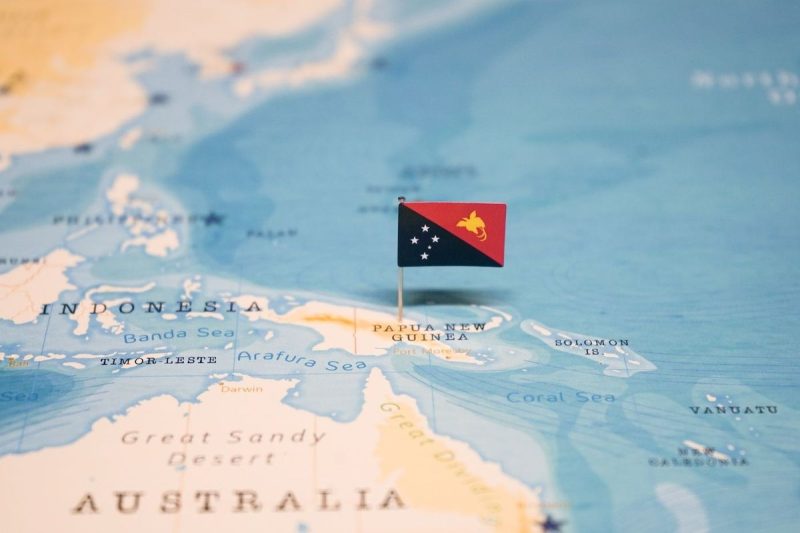Tribal Conflict Leaves 30 Dead Near Porgera Gold Mine
Amidst lush green mountains and shimmering waterways lies the Porgera Gold Mine in Papua New Guinea, a site of great wealth and bloodshed. The recent tribal conflict near the mine has once again brought violence and tragedy to the region, leaving 30 dead and many more injured. This long-standing dispute between the Enga and Hela tribes has taken a toll on the local communities and raised questions about the sustainability of mining operations in sensitive regions.
The Porgera Gold Mine, owned and operated by Barrick Gold Corporation and China’s Zijin Mining Group, has been a focal point of economic development and controversy in Papua New Guinea for decades. The mine has brought jobs, infrastructure, and revenue to the region, but its presence has also exacerbated social tensions and environmental degradation. The clash between the Enga and Hela tribes is just one example of the deep-rooted conflicts that have plagued the area.
The tribal conflict near the Porgera Gold Mine is a complex interplay of historical grievances, economic disparities, and social inequalities. The Enga and Hela tribes have long-standing disputes over land rights, resource ownership, and cultural differences. These tensions have been further fueled by the influx of migrant workers, the spread of small arms, and the lack of effective governance structures.
The violence and bloodshed near the mine are a tragic reminder of the high human cost of resource extraction in conflict-prone areas. The 30 lives lost in the recent clashes represent just a fraction of the toll that such conflicts have taken on the local communities. Women and children are often the most vulnerable victims of these conflicts, facing displacement, abuse, and loss of livelihoods.
In response to the recent violence, the Papua New Guinea government has deployed security forces to the area to restore order and prevent further bloodshed. However, a lasting solution to the tribal conflict near the Porgera Gold Mine will require more than just a show of force. Dialogue, reconciliation, and sustainable development initiatives are needed to address the root causes of the conflict and build a more peaceful and prosperous future for the communities affected.
As the Porgera Gold Mine continues to operate and extract wealth from the land, it is essential that all stakeholders, including the mining companies, government authorities, and local communities, work together to ensure that the benefits of mining are shared equitably and that the social and environmental costs are minimized. Only through genuine collaboration and respect for the rights and concerns of all parties involved can a lasting peace be achieved in this troubled region.
In conclusion, the tribal conflict near the Porgera Gold Mine is a stark reminder of the complex challenges that arise when natural resources are extracted in conflict-prone areas. The recent violence and loss of life are a tragic outcome of historical grievances, economic disparities, and social tensions. Moving forward, it is crucial that all stakeholders work together to address the root causes of the conflict, promote dialogue and reconciliation, and ensure that mining activities are conducted in a responsible and sustainable manner. Only through such concerted efforts can a lasting peace be achieved in the shadow of the Porgera Gold Mine.

